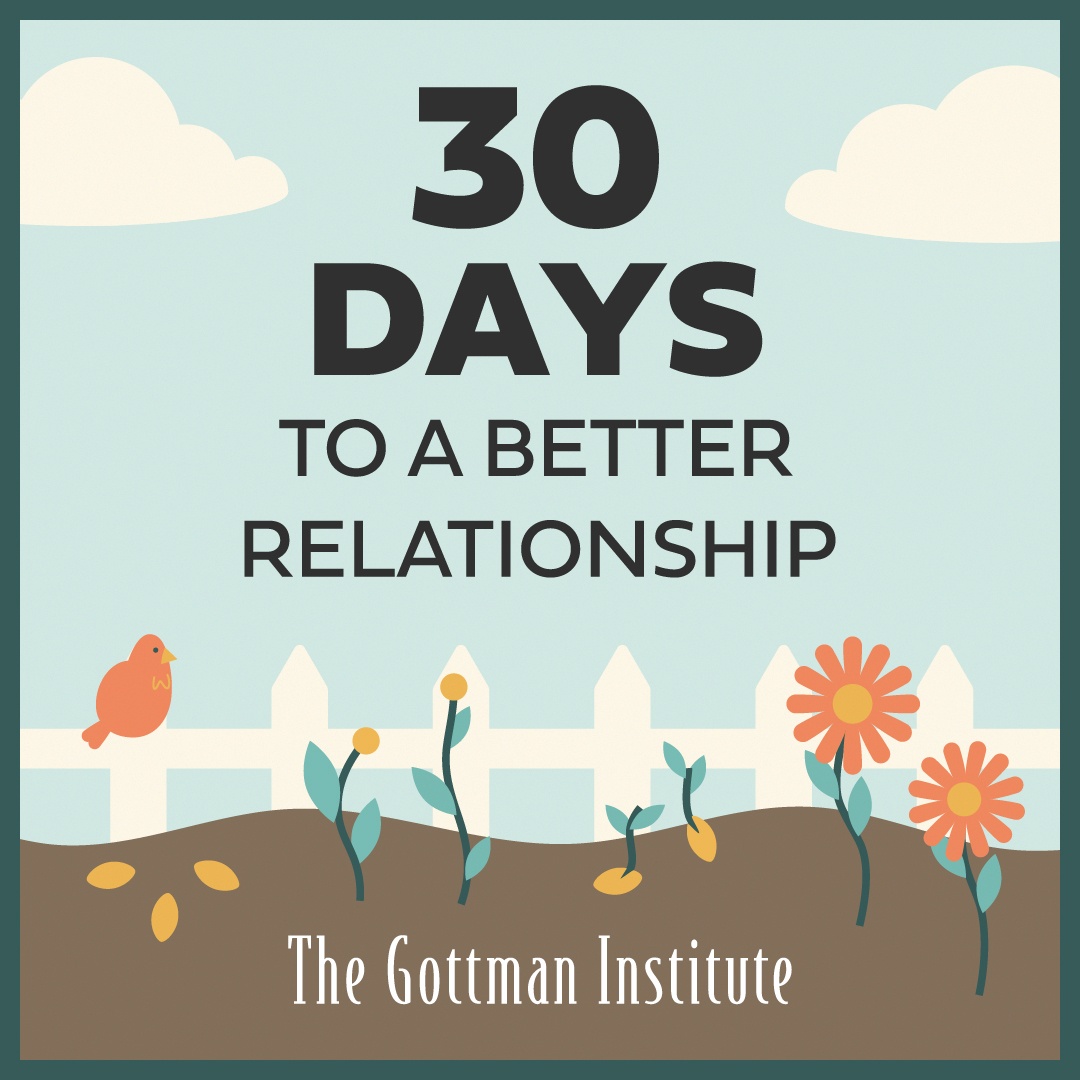After we got married, my wife Tami and I had our first holiday conflict over whose family to spend Thanksgiving with. Tensions flared as we defended our positions.
Five hours of freeway separated our families. Tami is an only child. She couldn’t imagine her parents enjoying Thanksgiving without her. My parents were divorced, but I had shared Thanksgiving dinner with my dad and grandparents for the last several years. My younger brother had moved away to be closer to our mother. I felt a responsibility to spend Thanksgiving with dad.
Holiday stress can make this time of year challenging for couples and families. Dr. John Gottman’s research on thousands of couples reveals some useful tools to handle conflict and keep your holidays happy.
Accept Your Partner’s Influence
Accepting your partner’s influence will help to avoid escalating conflict. Dr. Gottman has learned that women tend to be better at accepting influence than men, but men who learn how to listen to and respond to their partner’s influence stand to benefit with a happier and longer-lasting marriage than those who don’t.
There’s good reason for men to listen. Results of an American Psychological Association survey show women are more likely than men to report increased stress during the holiday season. Sources of stress include lack of time, lack of money, and pressure to give or receive gifts. The results of increased stress can make a woman feel sick and tired, and lose interest in sex.
A couple who listens to each other, and takes into account each other’s wishes and feelings when making decisions, will have much happier holidays. Look for the parts of your partner’s point of view that make sense to you, even if you disagree. Consider each option from their perspective and validate their emotions.
Solve Your Solvable Problems
The choices couples face around the holidays can create situational problems that are solvable. Children may insist on gifts that aren’t affordable. An invitation to an event may conflict with other plans.
Dr. Gottman has identified a five-step model for solving these solvable problems. The skills needed can be learned with very little training. Most of us have these skills already:
- Soften your start-up
- Learn to make and receive repair attempts
- Soothe yourself and each other
- Compromise
- Process any grievances so that they don’t linger
Dr. Gottman describes the details of each step in his book The Seven Principles of Making Marriage Work.
Communicate About Your Unsolvable Problems
Some holiday conflicts occur over perpetual problems. These problems may result from religious practices, beliefs, or family traditions. For example, conflict may arise over whether to celebrate Hanukkah or Christmas when one partner is Jewish and the other Christian, or over whether to serve poultry or tofu when one partner loves turkey and the other is a vegetarian.
When a couple isn’t able to find a way to accommodate the differences that arise over a perpetual problem, they fall into what Dr. Gottman calls gridlock. Relationship gridlock, like freeway gridlock during rush hour, can evoke feelings of dread, frustration, anger, and panic.
By discovering each other’s dreams within conflict and making compromises, a couple can release themselves from gridlock and enjoy the holiday season. Examples of holiday dreams may include having a shared family tradition, or a parent giving their child an experience they had in their own childhood.
If not addressed, the negative feelings evoked by gridlock may fester into contempt for each other. Dr. Gottman has developed a two-phase blueprint for bringing a couple’s individual dreams out into the open and overcoming gridlock. To begin, the couple chooses an issue on which they’re gridlocked.
In the first phase, each partner gets 10 minutes to speak about the issue without criticizing or blaming the other partner. The speaker expresses their needs, wants, and feelings while their partner carefully listens.
In the second phase, each partner takes five to 10 minutes alone to identify their individual core needs that are not negotiable and positions on which they can be flexible. It helps to draw on a piece of paper a small circle within a larger circle. Writing core needs in the smaller circle, and flexible positions in the larger circle, gives each partner a place to begin negotiating a compromise. This phase is completed by the couple sharing their core needs and areas of flexibility to identify where they can compromise and overcome gridlock.
Reach a Compromise
My wife and I eventually compromised. Once we reduced the tension between us by seeing the problem from each other’s perspective, we overcame our conflict by accepting each other’s influence. We split the holiday between our families. The traditional Thanksgiving dinner took place with my dad and grandparents, and we celebrated with her family on the weekend.
By working through your holiday conflicts together, you can cultivate mutual understanding and a sense of “we-ness,” thus improving your marriage. Having reconciled your differences, you can savor the opportunity to celebrate, give thanks, and enjoy peace in your home.
If want to build a deeply meaningful relationship full of connection and profound intimacy, then subscribe below.








